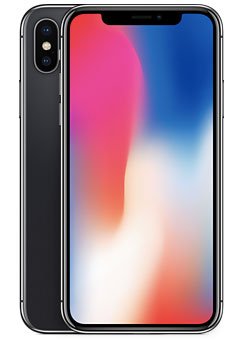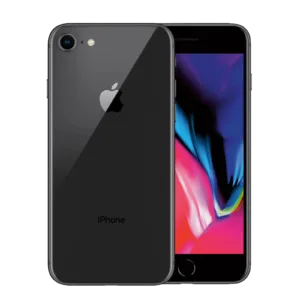Apple iPhone X (Verizon/Sprint/A1865) 64, 256 GB Specs
For Wholesale Prices of Minimum 10pcs Please Email
£899.00
Perks & Benefits
12 month refurbished warranty:
If your item has a technical defect within the first year, we’ll repair or replace it.
30 days to change your mind:
Return your item for any reason within the first 30 days of receiving it. Simple as that!
Free standard shipping:
Fast free delivery!
Customer support:
You can count on us to always get back to you within 1 business day!
Pay in installments:
Make easy monthly payments over 3, 6, or 12 months.
Have any Questions?
Feel free to Get in touch
Please note that this A1865 iPhone X model is compatible with FDD-LTE bands 1, 2, 3, 4, 5, 7, 8, 12, 13, 17, 18, 19, 20, 25, 26, 28, 29, 30, and 66 as well as TD-LTE bands 34, 38, 39, 40, and 41. It is intended for Verizon, Sprint, and other smaller carriers in the US (but not AT&T or T-Mobile) as well as carriers in Australia, New Zealand, China, Hong Kong, and India. In the US, this is the “SIM-Free” version sold starting December 4, 2017 direct from Apple.
Regardless of carrier support, all iPhone X models have a 3D-touch capable 5.8″ (diagonal) OLED HDR “Super Retina” display (2436×1125, 458 ppi, 1 million:1 contrast ratio) that occupies nearly the entire front of the device with the bottom “chin” where the “Home” button once was gone entirely and replaced by a new facial recognition “Face ID” authentication system.
The iPhone X has three cameras. On the front — tucked in the rather awkward “notch” — is a new “TrueDepth” camera that in addition to supporting the “Face ID” functionality, takes 7 megapixel photos, shoots 1080p video, and has software support for Portrait mode, Portrait lighting, and more. The two rear cameras, one wide angle (f/1.8 aperture) and one telephoto (f/2.4 aperture), both have 12 megapixel sensors, support optical image stabilization, and shoot 4K photos and video. The cameras support motion tracking and offer augmented reality support, too.
The iPhone X uses a primarily “surgical-grade stainless steel” case and has a glass front and back. It is splash, water, and dust-resistant (IP67), but not water-proof, and it has stereo speakers and a Lightning port. It was sold in two color options, a dark “Space Gray” and silver.
Internally, the iPhone X is powered by a 64-bit “Apple A11 Bionic” processor with six cores — two performance cores and four high-efficiency cores — and has 3 GB of RAM, as well as 64 GB or 256 GB of flash storage. It also supports 802.11ac Wi-Fi with MIMO, Bluetooth 5.0, LTE (4G), and NFC for Apple Pay.











Reviews
There are no reviews yet.